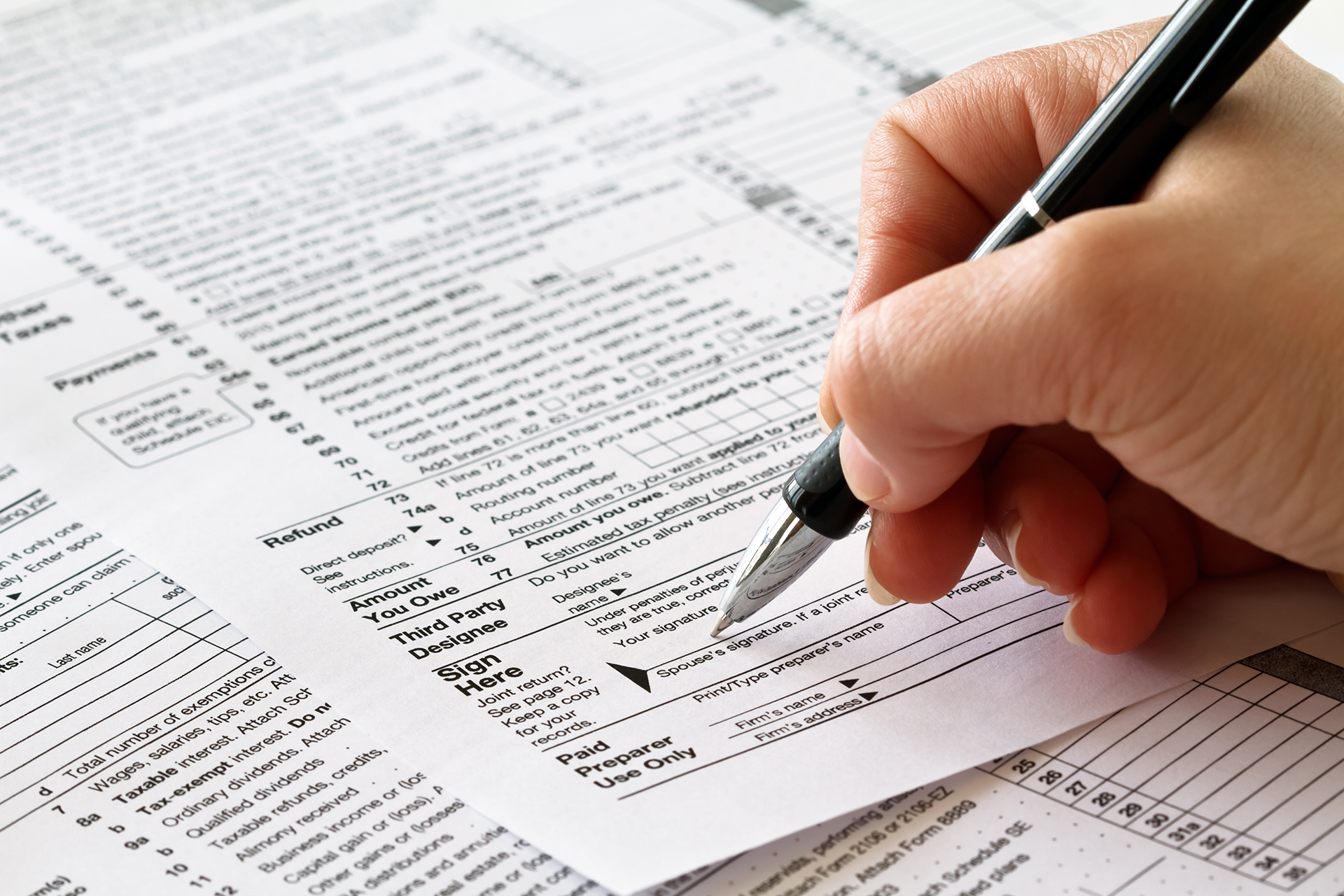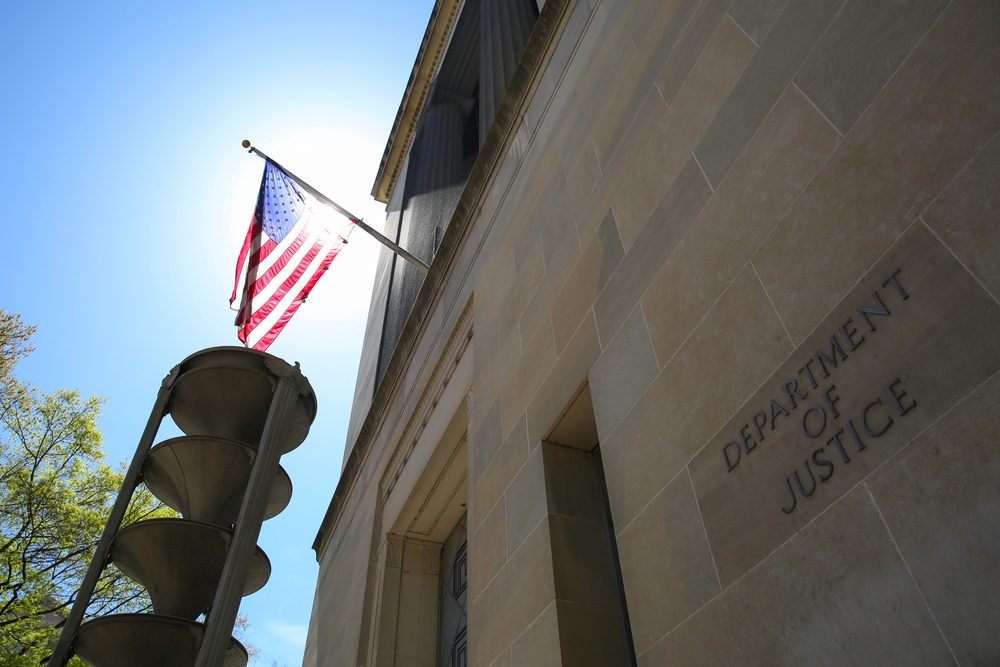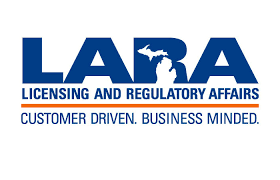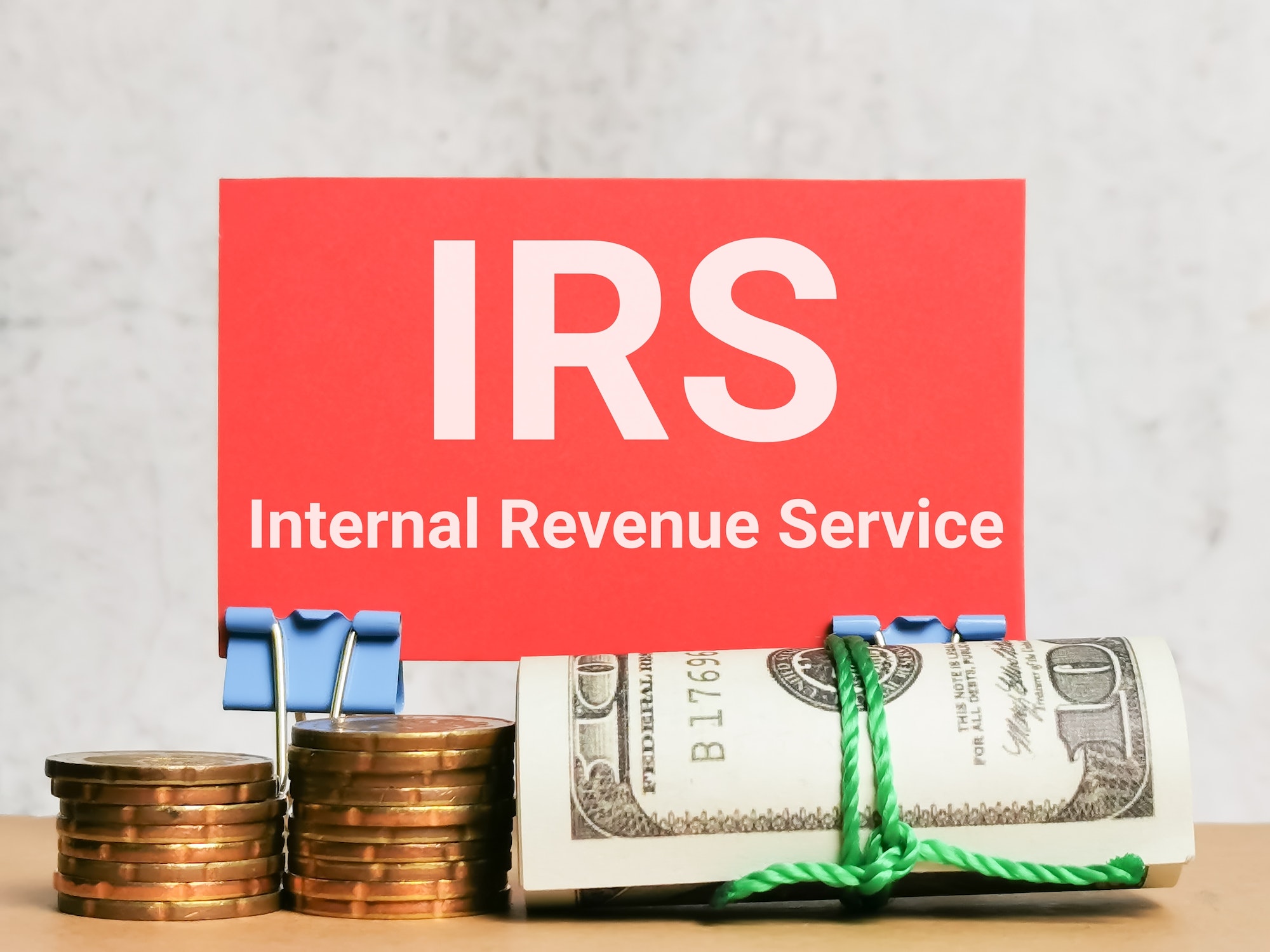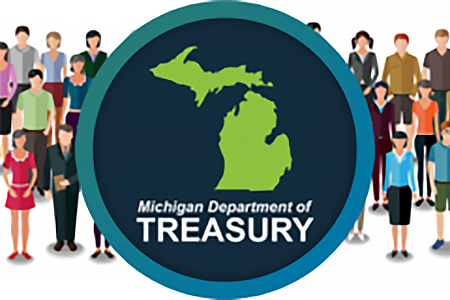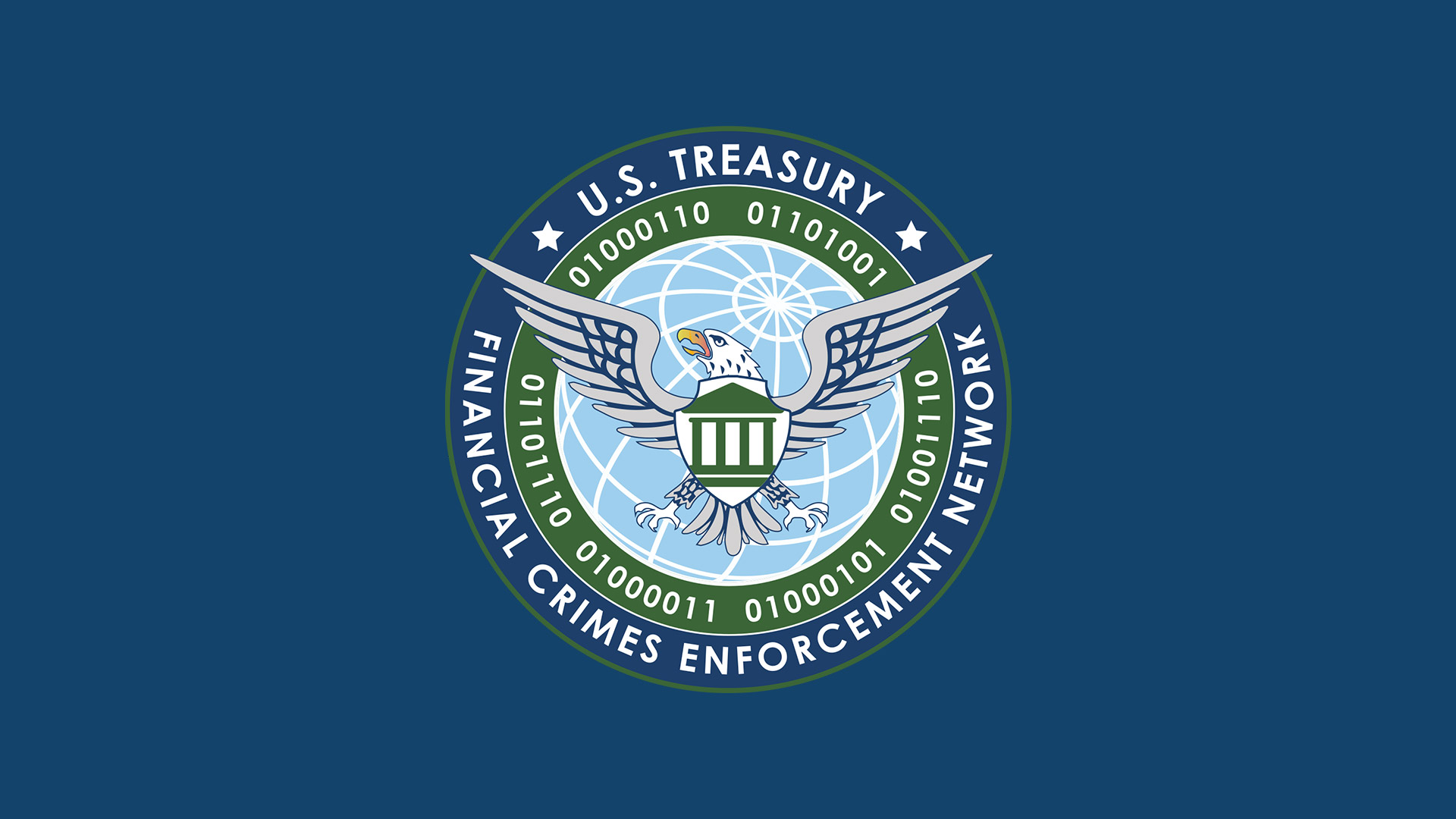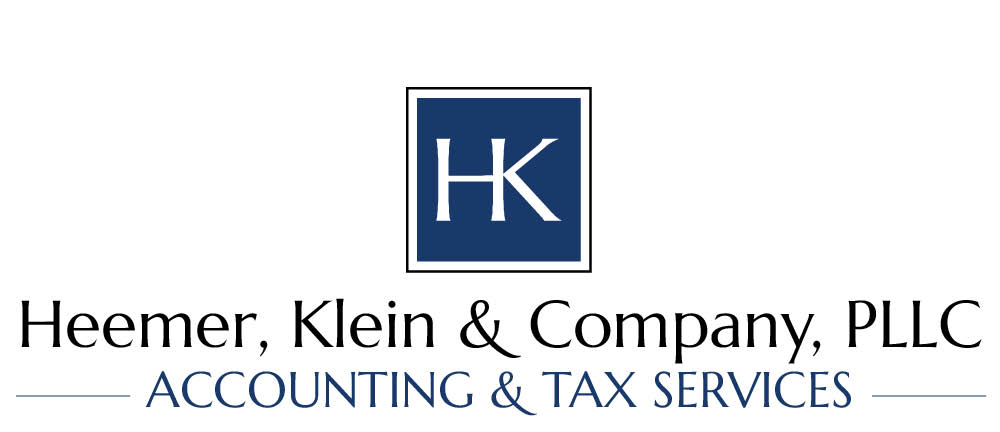The U.S. Small Business Administration (SBA) published new guidance Wednesday designed to simplify and speed up the forgiveness process for businesses and not-for-profits with Paycheck Protection Program (PPP) loans of $150,000 or less.
The SBA also announced that it will launch a new application portal Aug. 4, allowing borrowers to apply for forgiveness directly with the agency instead of having to go through their lender. More than 600 banks have agreed to allow access to the portal for more than 2.17 million borrowers.
In a 29-page interim final rule (IFR), the SBA introduced a COVID Revenue Reduction Score that can be used at the time of forgiveness to document the required revenue reduction for second-draw PPP loans. The new IFR also establishes a direct borrower forgiveness process for lenders that choose to opt in as an alternative method of processing loan forgiveness applications.
In addition, the IFR extends the loan deferment period for PPP loans in cases when the borrower files a timely appeal of a final SBA loan review decision.
The PPP provided more than 11.7 million forgivable loans totaling nearly $800 billion to small businesses and other eligible entities hurt by the economic impacts of the COVID-19 pandemic. Almost $400 billion has been forgiven.
Loans of $150,000 or less account for 93% of outstanding PPP loans, the SBA said.
Despite earlier moves to streamline the forgiveness process for those loans, many smaller PPP lenders have informed the SBA that they lack the technology and manpower to develop efficient electronic loan forgiveness platforms to process applications.
Overwhelmed by the volume of PPP loans and mindful of the statutory 60-day requirement for lenders to issue a forgiveness decision to the SBA from receipt of the borrower’s loan forgiveness application, many smaller lenders are limiting when they will accept forgiveness applications from borrowers. This policy leaves borrowers uncertain if they will have to start making payments on their PPP loans while they are waiting for their lenders to process their forgiveness applications.
In addition, the SBA said it has heard concerns from PPP lenders of all sizes that the requirement for borrowers to submit and lenders to review revenue reduction documentation at the time of forgiveness is delaying the forgiveness process for second-draw PPP loans of $150,000 or less.
To address these problems and ease the forgiveness bottleneck, the SBA is making two significant changes, described below. Further guidance for both changes will be coming soon, the SBA said.
1. Introduction of a COVID Revenue Reduction Score
To streamline forgiveness of second-draw PPP Loans of $150,000 or less where the borrower did not submit documentation of revenue reduction at the time of the loan application, the SBA will offer an alternative form of revenue reduction confirmation.
Each second-draw PPP loan of $150,000 or less will be assigned a COVID Revenue Reduction Score created by an independent, third-party SBA contractor, based on a variety of inputs, including industry, geography, and business size, and current economic data on the economic recovery and return of businesses to operational status.
The score will be maintained in the SBA’s loan forgiveness platform and will be visible to lenders to use as an alternative to document revenue reduction. Additionally, the score will be visible to those borrowers that submit their loan forgiveness applications through the platform using the direct borrower forgiveness process described in the next section.
When the score meets or exceeds the value required for validation of the borrower’s revenue reduction, use of the score will satisfy the requirement for the borrower to document revenue reduction. When the score does not meet the value required for validation of the borrower’s revenue reduction, and if the borrower has not already provided documentation to the lender that validates the borrower’s revenue reduction, the borrower must provide documentation either directly to the lender (for those lenders that do not opt in to the direct borrower forgiveness process) or provide documentation to the lender by uploading it to the platform.
2. Launch of a direct borrower forgiveness process
The SBA is launching a new direct forgiveness process that provides PPP lenders with an optional technology solution that essentially will allow their borrowers to apply for loan forgiveness directly to the SBA through the new portal that will launch Aug. 4.
When a PPP lender opts in to the direct borrower forgiveness process, the new portal will provide a single secure location that integrates with the SBA’s PPP platform and allows borrowers with loans of $150,000 or less to apply for loan forgiveness using an electronic equivalent of SBA Form 3508S. Upon receipt of notice that a borrower has applied for forgiveness through the platform, lenders will review the loan forgiveness application and issue a forgiveness decision to the SBA inside the platform.
The SBA said the new forgiveness process will provide lenders with reduced costs, increased efficiency, and more timely remittance of forgiveness payments from the SBA, while borrowers will benefit from the ability to submit loan forgiveness applications directly through the platform and reduce the wait time and uncertainty associated with submission through their lender.
After the launch of the direct borrower forgiveness process, borrowers should continue to submit loan forgiveness applications to their lenders, rather than through the platform, under the following circumstances:
- The PPP lender does not opt in to use the direct borrower forgiveness process;
- The borrower’s PPP loan amount is greater than $150,000;
- The borrower does not agree with the data as provided by the SBA system of record, or cannot validate their identity in the platform (for example, if there is an unreported change of ownership); or
- For any other reason where the platform rejects the borrower’s submission.
Deferment extension for OHA Appeals
The current rule for appeals of final SBA loan review decisions on PPP loans provided that because a PPP borrower must begin making payments of principal and interest on the remaining balance of its PPP loan when the SBA remits the loan forgiveness amount to the PPP lender (or notifies the lender that no loan forgiveness is allowed), an appeal by a PPP borrower of any final SBA loan review decision does not extend the deferment period of the PPP loan. The IFR amends the appeals rule to provide that a borrower’s timely appeal of a final SBA loan review decision will extend the deferment period for the PPP loan until the SBA’s Office of Hearings and Appeals (OHA) issues a final decision on the appeal. The revised OHA rule will provide that the borrower should notify the lender of the appeal so that the lender can extend the deferment period. Under the revised OHA rule, an appeal petition must be filed with OHA within 30 calendar days after the appellant’s receipt of the final SBA loan review decision.
The new SBA direct loan process and portal was discussed at length in two recent AICPA Town Hall webcasts, which address other PPP forgiveness issues and calculations. Webcast replays are available for free on AICPA TV.
AICPA experts discuss the latest on the PPP and other small business aid programs during a virtual town hall held every other week. The webcasts, which provide CPE credit, are free to AICPA members and $39 for nonmembers. Go to the AICPA Town Hall Series webpage for more information and to register. Recordings of Town Hall events are available to view for free on AICPA TV.
The AICPA’s Paycheck Protection Program Resources page houses resources and tools produced by the AICPA to help address the economic impact of the coronavirus.
For more news and reporting on the coronavirus and how CPAs can handle challenges related to the outbreak, visit the JofA’s coronavirus resources page or subscribe to our email alerts for breaking PPP news.
Source — Journal of Accountancy Jeff Drew (Jeff.Drew@aicpa-cima.com) is a JofA senior editor.

